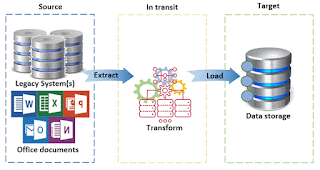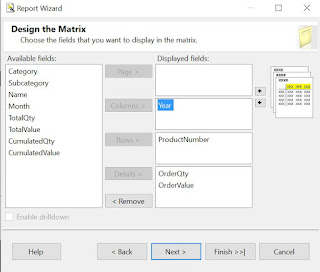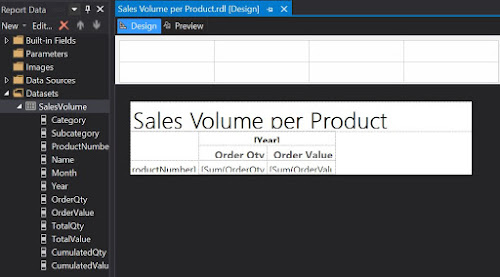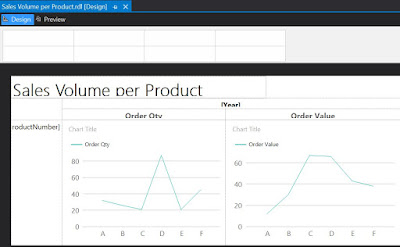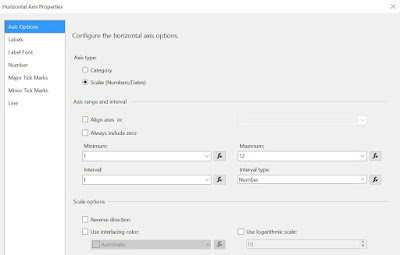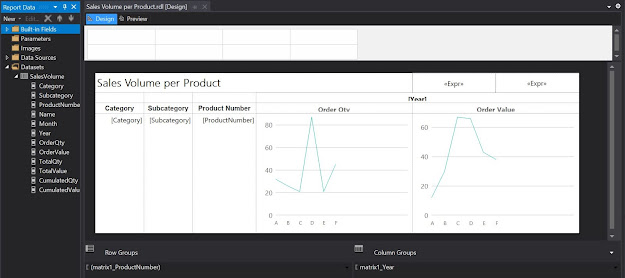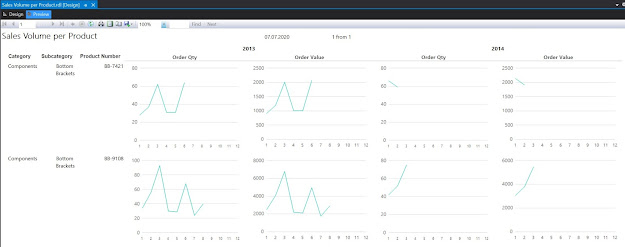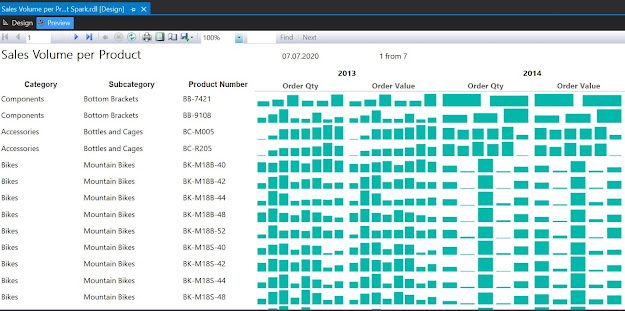 |
| Data Warehousing Series |
One of the interesting concepts that seems to gain adepts in Data Warehousing is the Data Vault – a methodology, architecture and implementation for Data Warehouses (DWH) developed by Dan Linstedt between 1990 and 2000, and evolved into an open standard with the 2.0 version.
According to its creator, the Data Vault is a detail-oriented, historical tracking and uniquely linked set of normalized tables that support one or more business functional areas [2]. To hold data at the lowest grain of detail from the source system(s) and track the changes occurred in the data, it splits the fact and dimension tables into hubs (business keys), links (the relationships between business keys), satellites (descriptions of the business keys), and reference (dropdown values) tables [3], while adopting a hybrid approach between 3rd normal form and star schemas. In addition, it provides a two- or three-layered data integration architecture, a series of standards, methods and best practices supposed to facilitate its use.
It integrates several other methodologies that allow bridging the gap between the technical, logistic and execution parts of the DWH life-cycle – the PMI methodology is used for the various levels of planning and execution, while the Scrum methodology is used for coordinating the day-to-day project tasks. Six Sigma is used together with Total Quality Management for the design and continuous improvement of DWH and data-related processes. In addition, it follows the CMMI maturity model for providing a clear baseline for benchmarking an organization’s DWH capabilities in development, acquisition and service areas.
The Good: The decomposition of the source data models into hub, link and satellite tables provides traceability and auditability at raw data level, allowing thus to address the compliance requirements of Sarabanes-Oxley, HIPPA and Basel II by design.
The considered standards, methods, principles and best practices are leveraged from Software Engineering [1], establishing common ground and a standardized approach to DWH design, implementation and testing. It also narrows down the learning and implementation paths, while allowing an incremental approach to the various phases.
Data Vault 2.0 offers support for real-time, near-real-time and unstructured data, while new technologies like MapReduce, NoSQL can be integrated within its architecture, though the same can be said about other approaches as long there’s compatibility between the considered technologies. In fact, except business entities’ decomposition, many of the notions used are common to DWH design.
The Bad: Further decomposing the fact and dimension tables can impact the performance of the queries run against the tables as more joins are required to gather the data from the various tables. The further denormalization of tables can lead to higher data storage needs, though this can be neglectable compared with the volume of additional objects that need to be created in DWH. For an ERP system with a few hundred of meaningful tables the complexity can become overwhelming.
Unless one uses a COTS tool which automates some part of the design and creation process, building everything from scratch can be time-consuming, increasing thus the time-to-market for solutions. However, the COTS tools can introduce restrictions of their own, which can negatively impact the overall experience with the methodology.
The incorporation of non-technical methodologies can have positive impact, though unless one has experience with the respective methodologies, the disadvantages can easily overshadow the (theoretical) advantages.
The Ugly: The dangers of using Data Vault can be corroborated as usual with the poor understanding of the methodology, poor level of skillset or the attempt of implementing the methodology without allowing some flexibility when required. Unless one knows what he is doing, bringing more complexity in a field which is already complex, can easily impact negatively projects’ outcomes.
Previous Post <<||>> Next Post
References:
[1] Dan Linstedt & Michael Olschimke (2015) Building a Scalable Data Warehouse with Data Vault 2.0
[2] Dan Linstedt (?) Data Vault Basics [source]
[3] Dan Linstedt (2018) Data Vault: Data Modeling Specification v 2.0.2 [source]
